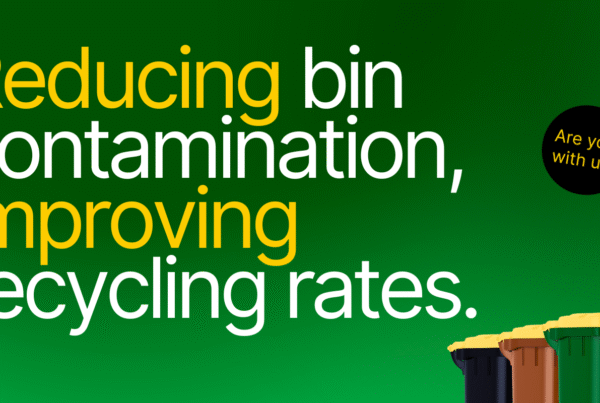 Single-use plastics are one of the biggest environmental threats of our time. These items are designed to be used only once before being discarded, which means that they quickly pile up in our landfills and oceans. The good news is that reducing the amount of single-use plastics in our lives is easier than you might think. In this blog post, we’ll provide you with a step-by-step guide on how to reduce single-use plastics at home and make a positive impact on the environment.
Single-use plastics are one of the biggest environmental threats of our time. These items are designed to be used only once before being discarded, which means that they quickly pile up in our landfills and oceans. The good news is that reducing the amount of single-use plastics in our lives is easier than you might think. In this blog post, we’ll provide you with a step-by-step guide on how to reduce single-use plastics at home and make a positive impact on the environment.
1. Start by identifying the single-use plastics in your home
The first step in reducing single-use plastics at home is understanding what you’re using. Take a look at your daily routine and identify the items that you dispose of after just one use. These could be items like plastic straws, utensils, water bottles, and food packaging. Once you know what you’re using, you can start to look for alternatives.
2. Replace single-use plastics with reusable options
The easiest way to reduce single-use plastics at home is by swapping them out for reusable alternatives. For example, you can carry a reusable water bottle with you instead of buying bottled water, use reusable grocery bags instead of plastic ones, and switch to cloth napkins instead of paper ones. These small changes can have a big impact on the environment over time.
3. Be mindful of your food choices
A lot of single-use plastics come from food packaging. To reduce your reliance on these items, try shopping at farmer’s markets or bulk food stores where you can bring your own containers. Another option is to choose products that come in recyclable or compostable packaging. You can also try making some of your food from scratch to cut down on packaging waste.
4. Avoid using single-use plastics in your daily routine
We often use single-use plastics without really thinking about it. For example, you might grab a plastic fork at a fast food restaurant or use a straw in your drink without even asking for one. Try to be more mindful of these choices and choose alternatives whenever possible. For example, bring your own cutlery with you when you eat out or simply drink your beverage without a straw.
5. Spread the word and encourage others to reduce single-use plastics
Reducing single-use plastics is a team effort. Talk to your family, friends, and coworkers about the impact of these items on the environment and encourage them to make changes as well. You can even start a community initiative to reduce single-use plastics and work together to make a big difference.
Conclusion:
Reducing single-use plastics at home might seem like a small step, but it can have a big impact on the health of our planet. By being mindful of our choices, swapping out single-use plastics for reusable options, and spreading the word, we can all work towards a more sustainable future. So start making changes today, and be proud of the positive impact you’re making on the environment.





